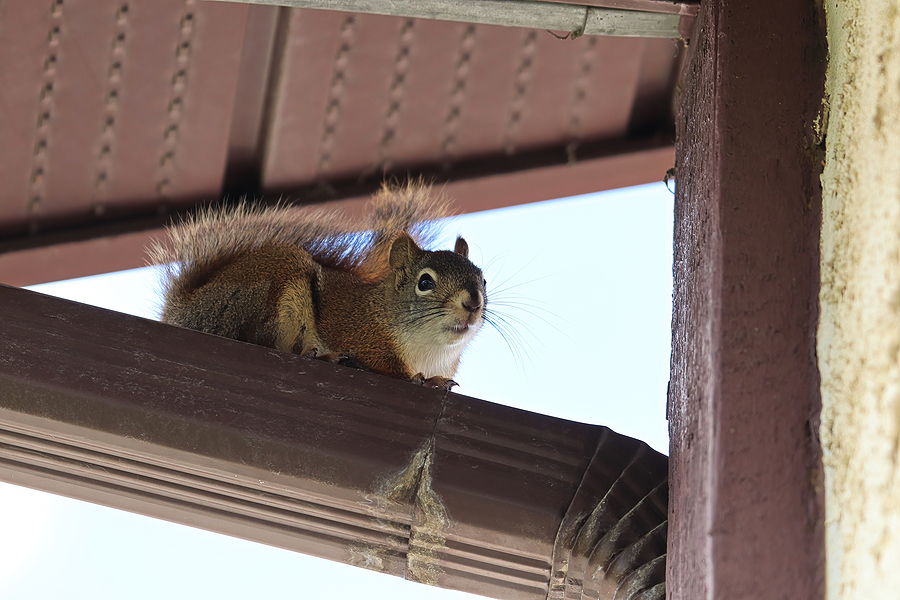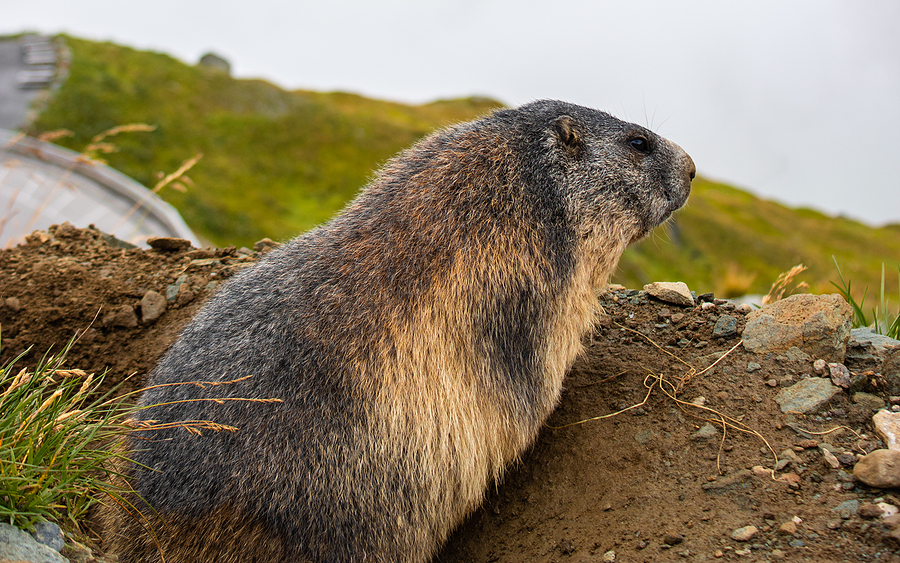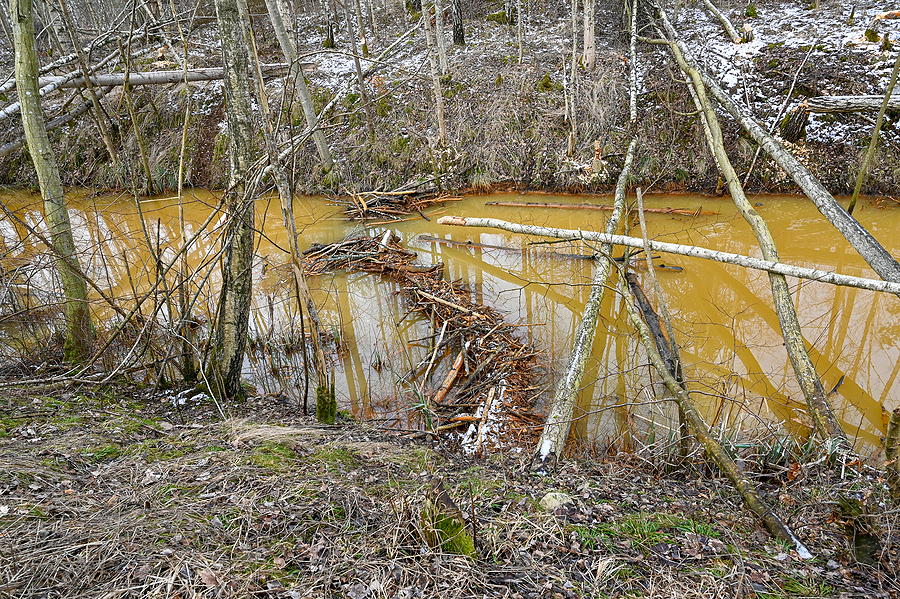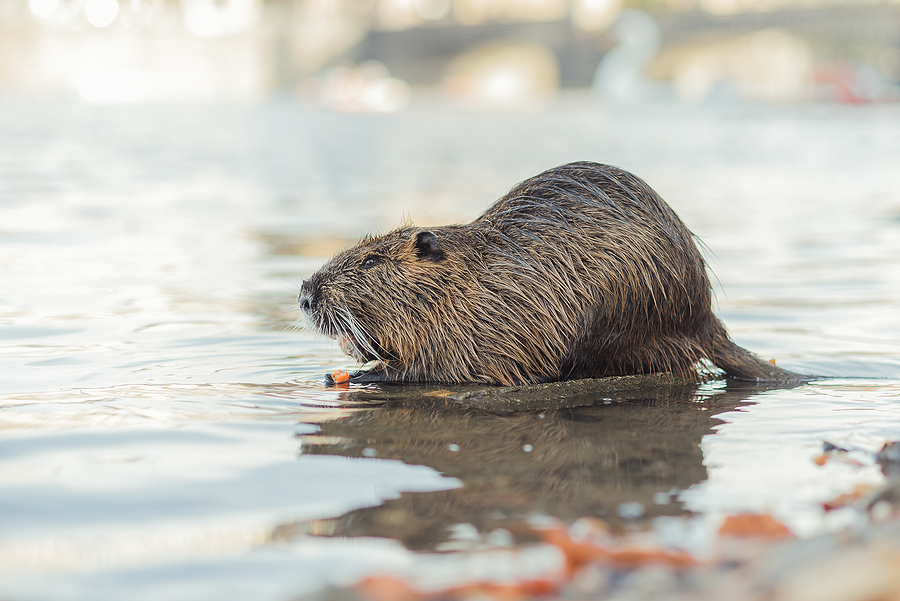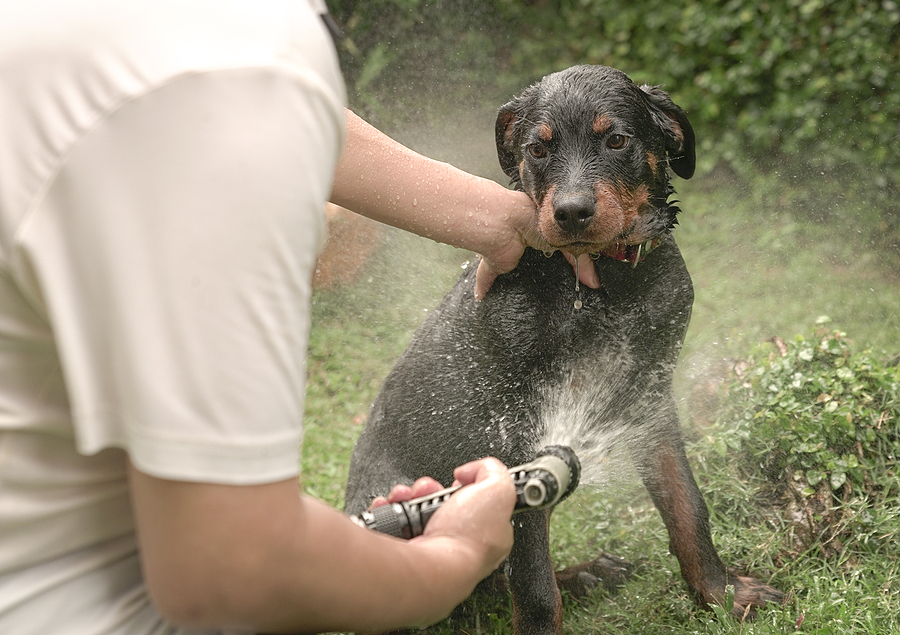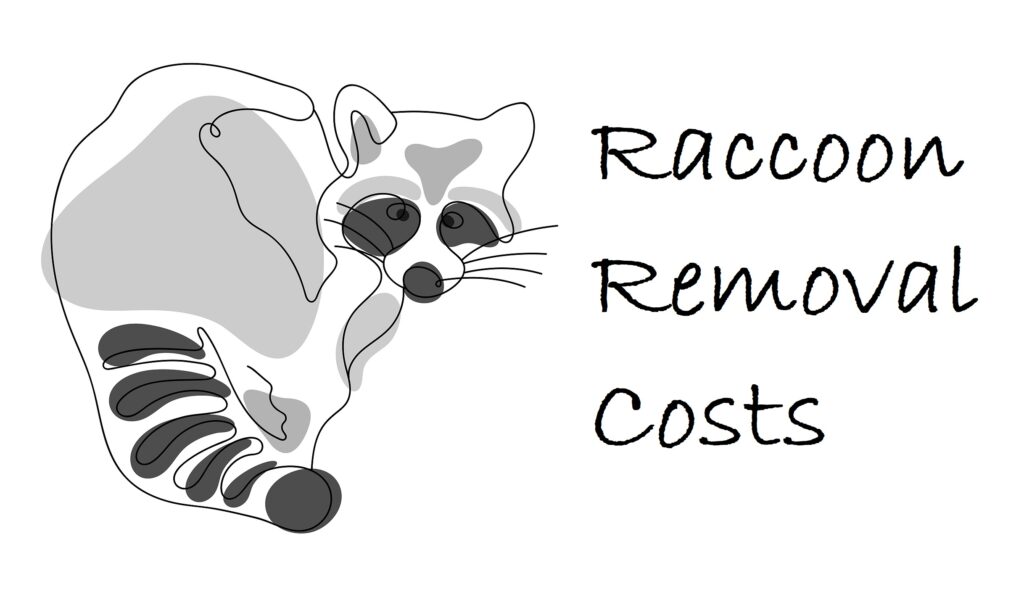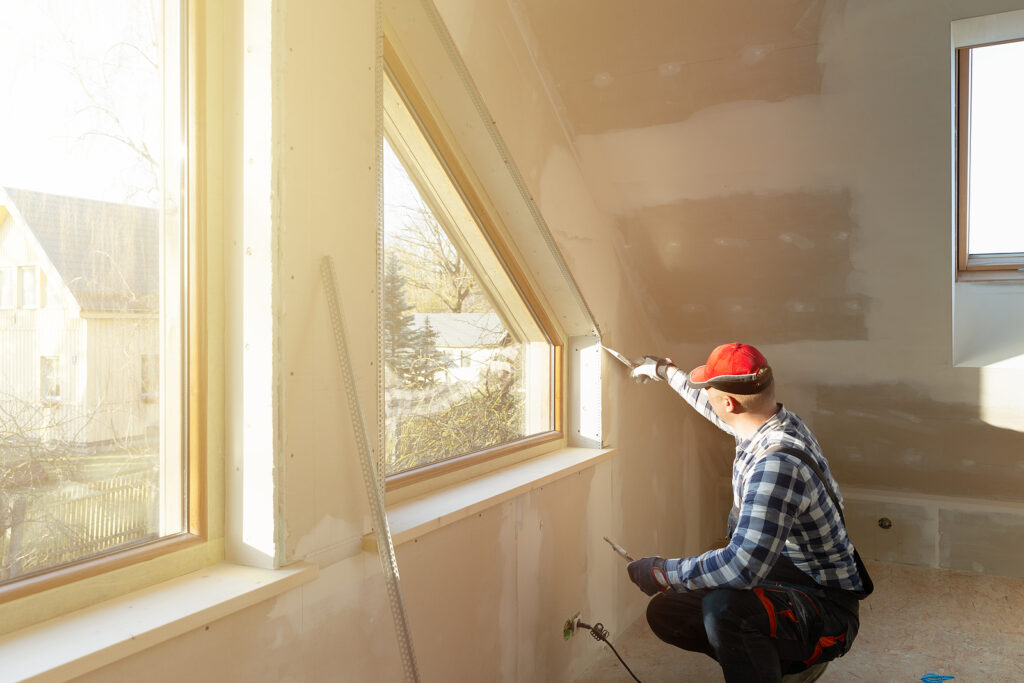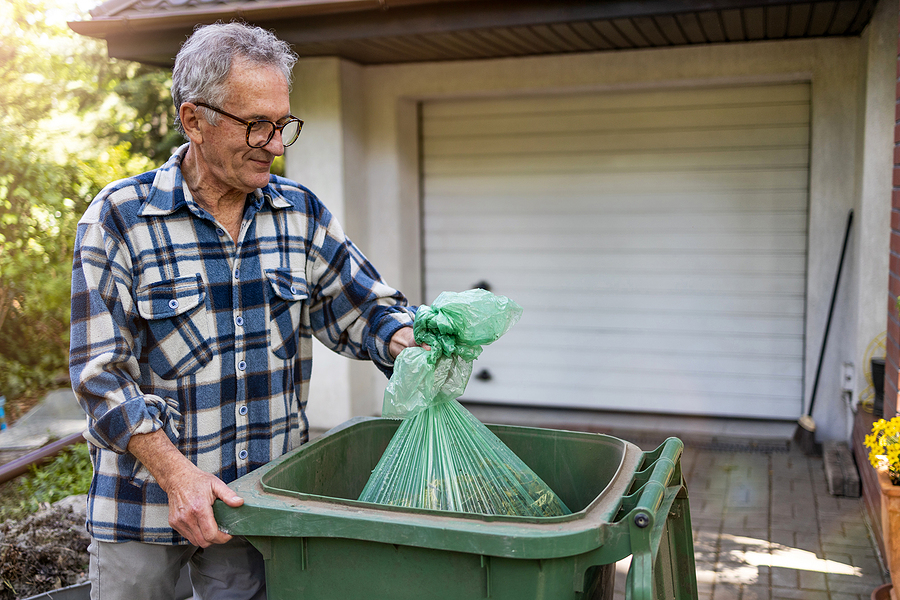The unfortunate discovery of a dead animal on your property is not merely a nuisance; it poses significant risks to health and the environment. In this comprehensive guide, you will learn the importance of prompt dead animal removal, how to identify the presence of a dead animal, health risks and legal obligations, DIY removal procedures, the value of professional services, and how to prevent future incidents. Arm yourself with the knowledge to act swiftly and responsibly when confronted with this unpleasant situation.
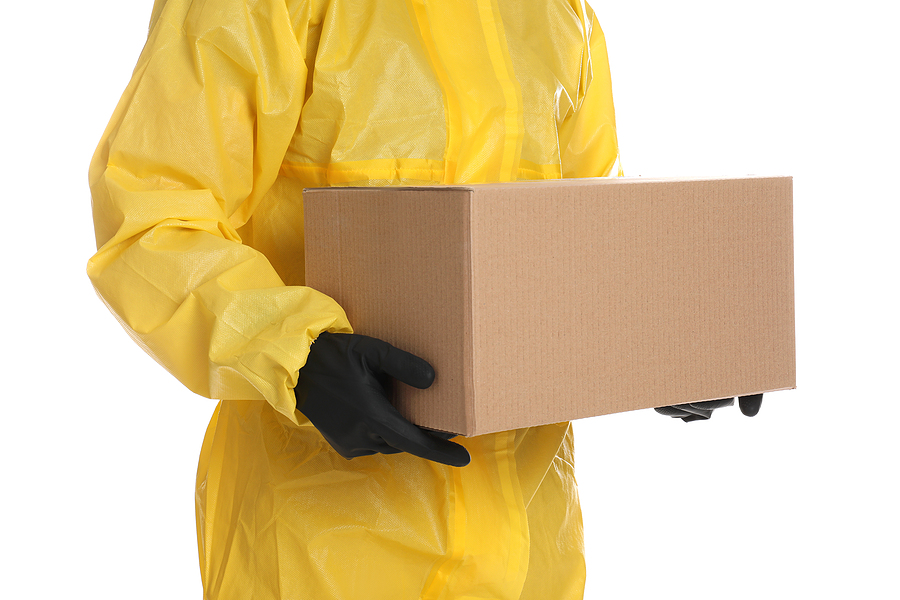
The Urgency of Dead Animal Removal
The presence of deceased fauna on your property is more than a mere inconvenience. It can lead to severe health risks, foul odors, and pests. Immediate action is crucial, not only for your well-being but also for your property’s integrity. Dead animal carcasses can attract scavengers, lead to bio-hazard contamination, and signify an infestation within your premises. It’s imperative to understand that delaying the removal process can exacerbate these issues, inferring more costly and complex solutions further down the line.
Potential Health Hazards
Leaving a dead animal unattended opens the door to numerous health dangers. Bacterial infections such as salmonella, leptospirosis, and even the potentially fatal hantavirus are risks associated with the handling or close proximity to these carcasses. These risks multiply when the dead animal is indoors, sharing spaces where food is prepared and absence of proper ventilation can lead to toxic fume buildup.
Preventing Property Damage and Ongoing Infestation
The decomposition process produces potent odors and can attract a variety of pests, from insects to larger scavengers, who may then attempt to access the interior of your property. In addition, when left unchecked, the site of the deceased animal can become a breeding ground for disease vectors and slowly seep into your property’s structure, inflicting irreparable damage.
Identifying a Deceased Animal on Your Property
Awareness is key in this instance; spotting a dead animal quickly is the first step in the removal process. A deceased animal can often be identified through various signs – visually witnessing a dead creature, an unexplained odor, or an increase in pest activity.
Common Indicators of a Dead Animal
A sudden unpleasant smell in a specific area of your property, pest activity, or even the sight of the animal itself can signal its demise. For indoor inspections, if the stench is accompanied by a fast-spreading visible odor, the proximity to that area will often lead to the direct source of the problem. For the outdoors, follow trails of scavengers like flies or vultures to locate the carcass.
Locations to Inspect for Deceased Animals
Both the indoors and outdoors of your property provide potential hiding places for a dead animal. The attic, inside walls, or beneath floorboards are typical indoor hiding spots, while the outdoor areas may include under decks, in garages, or beneath sheds. Regular checks in these areas are recommended to minimize the adverse effects of an undisclosed dead animal.
Safety and Legal Implications of Dead Animal Removal
The dangers of an undiscovered dead animal extend beyond the immediate risks to vast legal implications. Health risks range from bacterial infections to potent pathogens and must be managed with the utmost care. Further, Tennessee has stringent laws governing the removal of dead animals, and non-compliance can lead to fines and, in extreme cases, legal action.
Health Risks
The risks run the gamut from physical injury during removal to life-threatening zoonosis. The environment surrounding the carcass can also introduce toxigenic molds, create respiratory issues, and pose general occupational hazards. It is essential to consider not only your own direct exposure but the well-being of any occupants or visitors to your property.
Legalities
Tennessee laws protect against the spread of disease and maintain the overall health of the state’s communities. Dead animal handling is rigidly enforced to prevent a public hazard, and failure to adhere to these laws constitutes a violation that can result in a citation.
DIY Dead Animal Removal: Step-by-Step Guide
For smaller deceased animals, one safe and effective removal is attainable with the right approach. By following these steps, you can manage the situation without exposure to health hazards.
Handling the Carcass
To begin, you need to gather essential safety equipment, which includes gloves, face mask, and a sturdy trash bag. Next, identify the deceased animal’s location and ensure no other immediate risks exist in the area. Using a shovel or tongs, carefully pick up the animal and place it in the bag. Once securely sealed, dispose of the bag in the appropriate waste receptacle.
Safety Precautions and Gear
Personal protective equipment (PPE) is non-negotiable when dealing with deceased wildlife. It serves as a barrier against direct contact or inhalation of potentially hazardous substances. Avoid direct handling of the animal with your bare hands; instead, use designated tools for the task. Post-removal, thoroughly wash and disinfect the area and any equipment used.
Professional Dead Animal Removal Services
There are instances where the experience or potential risk may be too high for an individual to handle. In these cases, professional animal removal services are an invaluable resource. If the size or condition of the dead animal is beyond your comfort level, enlist the expert services of a professional. This may include larger animals or those in advanced stages of decay that present a greater bio-hazard threat.
When selecting a provider, consider their experience, certifications, and customer feedback. Verify that any potential contractor carries the necessary insurance to cover any accidents or damages that might occur during the removal process.
Preventing Future Dead Animal Encounters
Prevention is always superior to remediation. By taking proactive measures, you can reduce the probability of dead animal incidents on your property. Regular maintenance, sealing entry points, and awareness of signs of nuisance wildlife presence can help reduce the potential for future dead animal incidents. By staying informed of local wildlife habits and seasonal patterns, you can preemptively mitigate risk factors.
Develop a routine inspection schedule to catch potential problems early. Check both indoor and outdoor areas in accordance with seasonally appropriate times and observe any changes in your surroundings. Remember, recurring diligence is your best defense.
Final Thoughts
Prompt dead animal removal is essential to your property’s health, integrity, and compliance with the law. The process need not be as daunting as it first seems when approached with preparation, knowledge, and if need be, professional assistance. Be proactive in protecting your property and the well-being of everyone within it by staying well-informed and acting decisively.
Remember, dead animal removal is not an isolated task; it’s a vital part of your property’s ongoing health management. Prioritize vigilance and swift action, and in doing so, you maintain a safe and welcoming environment for yourself and others.
For those requiring professional dead animal removal services in Tennessee, we encourage you to reach out to our reputable and experienced wildlife removal and control team. Contact Budget Animal Removal at 615-337-9165 for TWRA licensed and insured dead animal removal, animal infestation cleanup, and more. We also serve commercial properties and multi-housing complexes.
Related Posts:
What To Do if You Find a Dead Animal in the Yard
Top 3 Signs That There is a Dead Animal Close By
Common Household Ingredients That Will Repel Nuisance Wildlife

